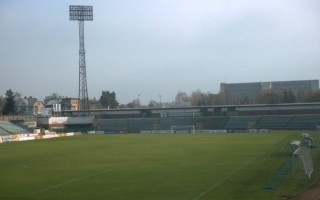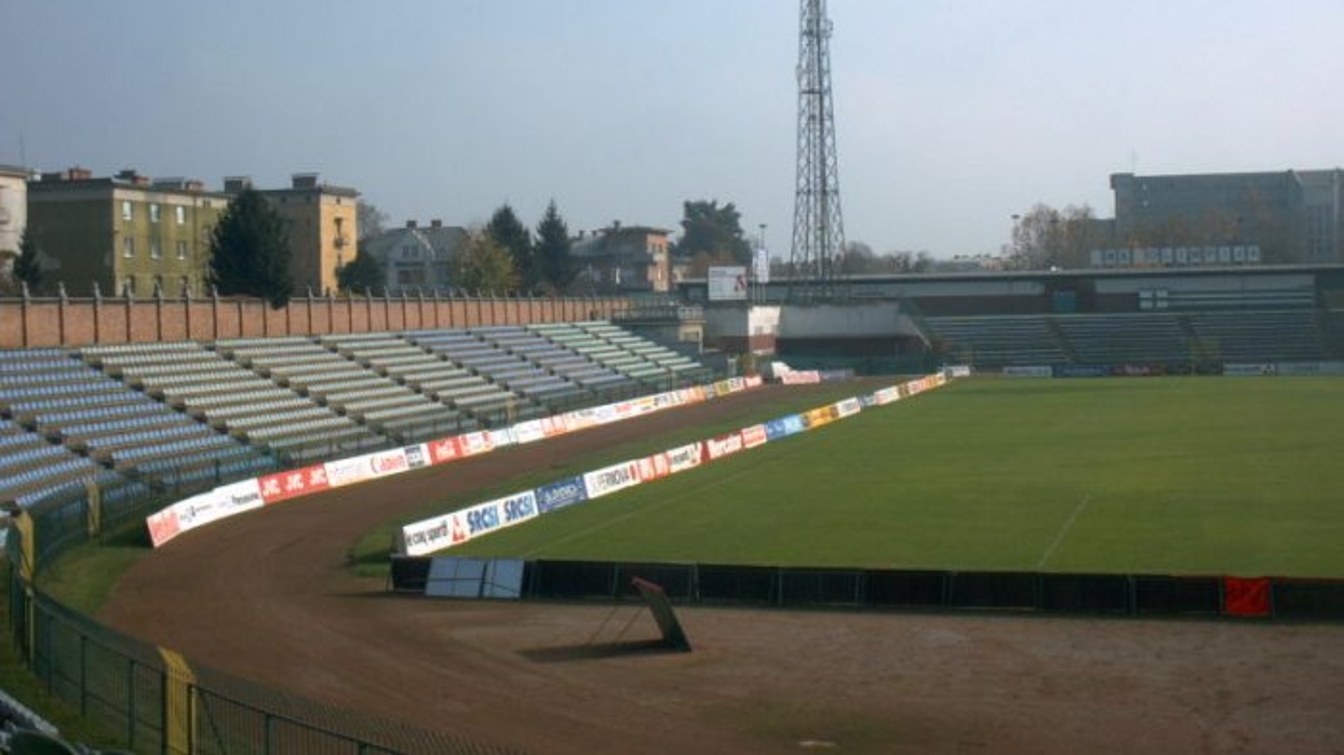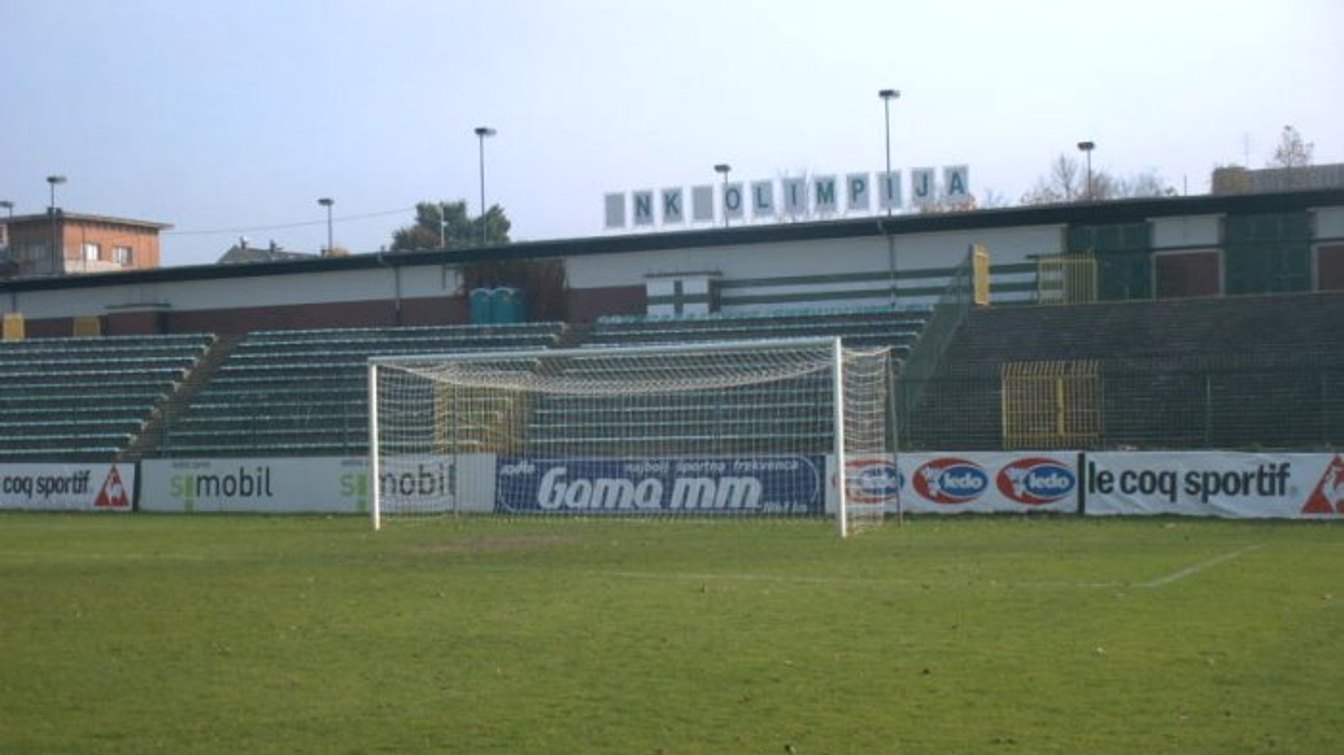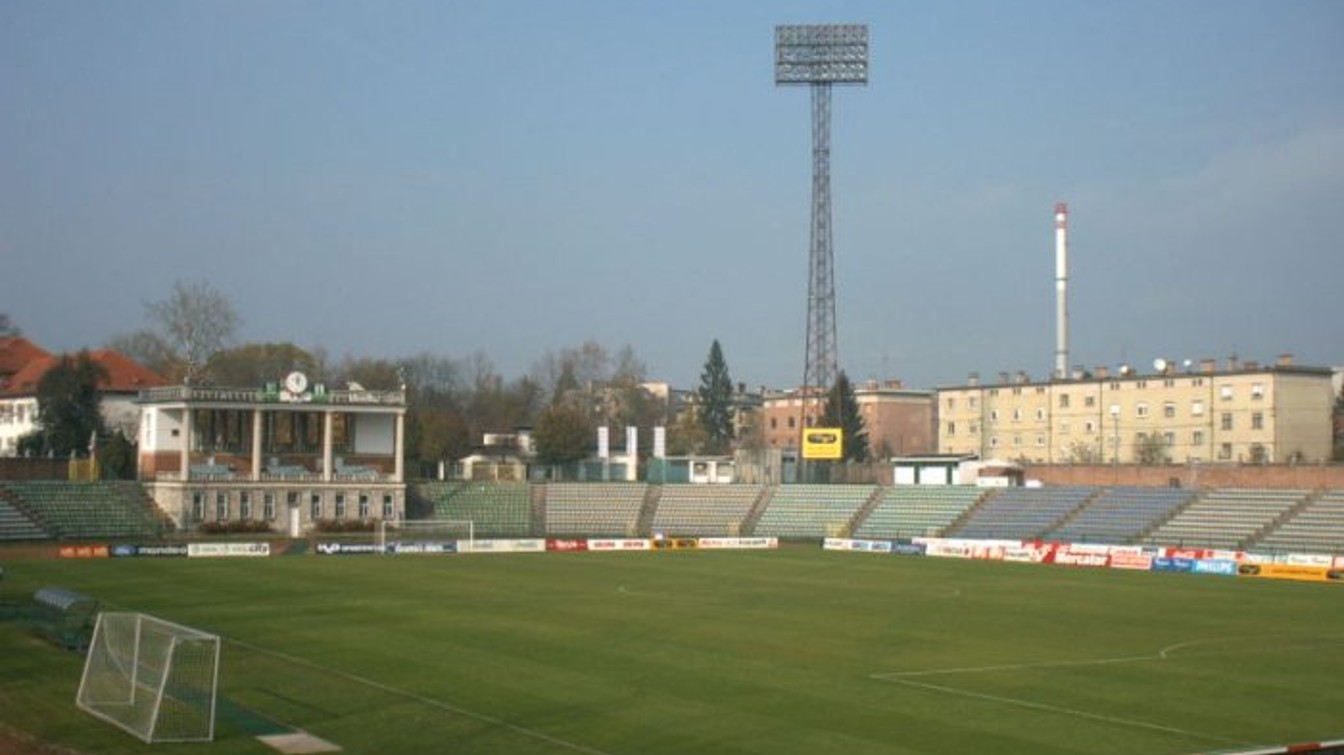Slovenia: Liverpool played here, now the stadium falls into disrepair
source: StadiumDB.com; author: Paulina Skóra
 The Bežigrad Stadium in Ljubljana, where Liverpool played in the 2003/04 season, has been deteriorating since 2008. The stadium’s construction began in 1925, based on a design by Jože Plečnik, the Slovenian architect who had a profound influence on Vienna’s modern look.
The Bežigrad Stadium in Ljubljana, where Liverpool played in the 2003/04 season, has been deteriorating since 2008. The stadium’s construction began in 1925, based on a design by Jože Plečnik, the Slovenian architect who had a profound influence on Vienna’s modern look.
Advertisement
Historical site was set for modernization several times
After World War II, Plečnik’s stadium became home to NK Olimpija, and it also hosted track and field events. Founded in 1945, the club played there for its entire history until it was dissolved in 2005 due to heavy debt. From 2005 to 2007, Phoenix NK Bezigrad used the stadium. Twenty-seven Slovenian national team games were played at the stadium between 1995 and 2004, after Slovenia gained independence, including several European Championship qualifying matches.
Since 2008, however, when NK Olimpija—now known as Olimpija Ljubljana—moved to the nearby Stožice stadium, the facility has been left to deteriorate. Although renovation plans date back to 1993, the failure to modernize the site after it closed has significantly worsened its condition. In 2008, a renovation plan was proposed, estimated to cost up to 2.5 mln €, which would include commercial facilities such as a shopping center, hotel, sports hall, and restaurant. However, this plan met with local opposition, and all work was abandoned.
Discrepancies in valuation
In recent years, several valuations of Bežigrad Stadium have been conducted to help the Ministry of Culture assess the financial aspects of its renovation. Businessman Joc Pečečnik owns a 28% stake in the stadium, and the government has long been in talks about purchasing his shares, but price remains a contentious issue. In 2022, the Ministry said that funding was not available in the near-term budgets, and that Pečečnik’s valuation was inflated. According to Pečečnik, the stadium is worth 18.6 mln €, while the Ministry estimates it at 11.8 mln €. An independent firm, Nasvet Tomaž Simrajh, which had not previously worked with the Ministry, recently valued the stadium at 18.1 mln €.
Failed attempt to build a sports park – what’s next?
Joc Pečečnik announced that if the government did not buy his shares, he would proceed with modernization independently. He envisioned a sports park on the stadium site, but has been in conflict with the Ministry of Environment and the Slovenian Institute for the Protection of Cultural Heritage for years. These institutions claim that the construction violates the decree recognizing Jože Plečnik’s works as cultural monuments of national significance. Pečečnik would also need parcels currently occupied by gardens, which, according to the Supreme Court, are not the property of the municipality but of residents in the Fondo apartments.
In May 2023, the Ministry of Environment denied permission for the Bežigraj Sports Park (BŠP) project, endorsing a civic initiative to preserve the stadium in its original form. The refusal was based on the project’s incompatibility with cultural protection regulations and the lack of the developer’s right to build on the selected plots. Members of the civic initiative welcomed the decision, hoping it would encourage the state to actively intervene in saving the stadium. However, since then, no concrete steps have been taken in that direction.
Advertisement

 StadiumDB
StadiumDB

